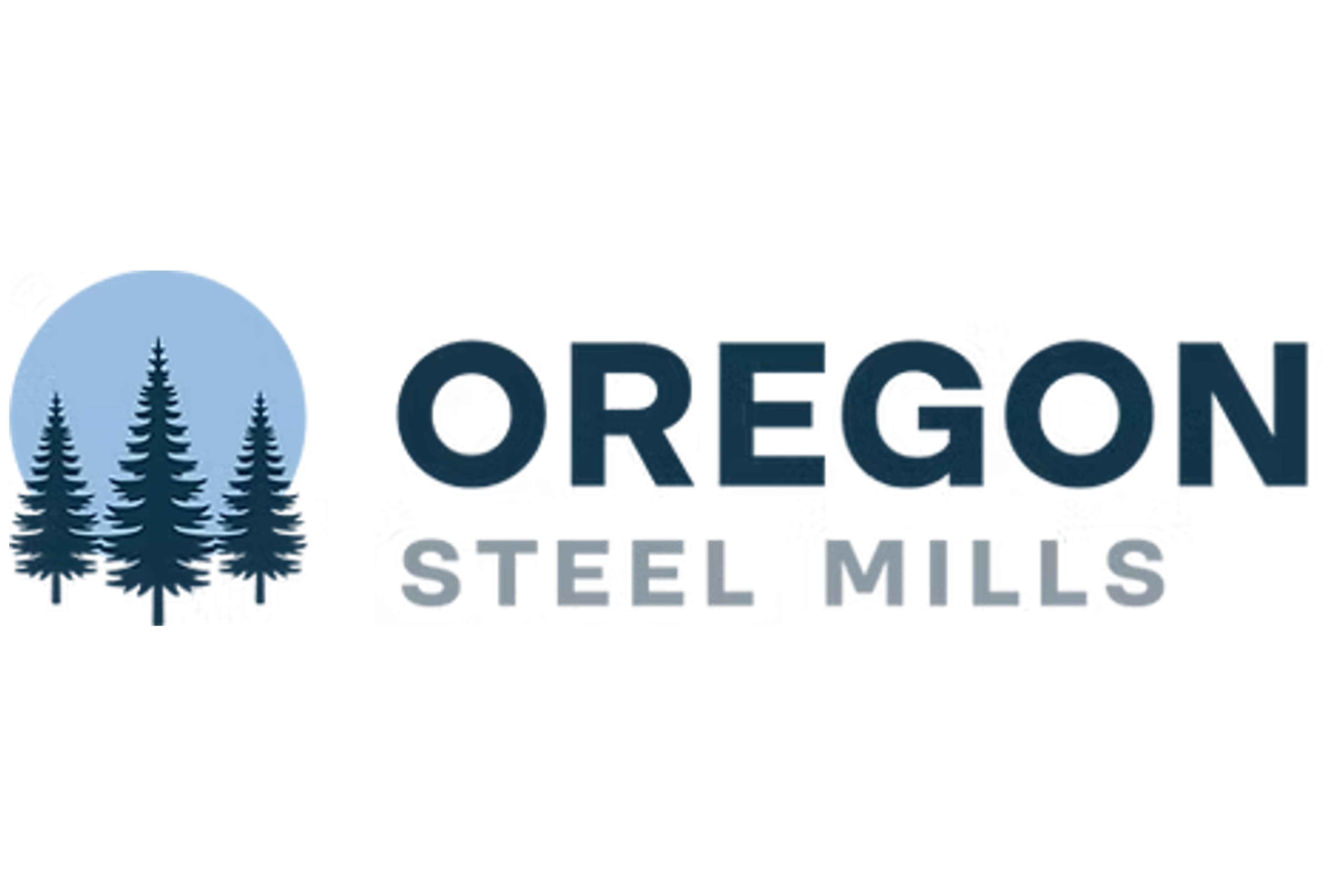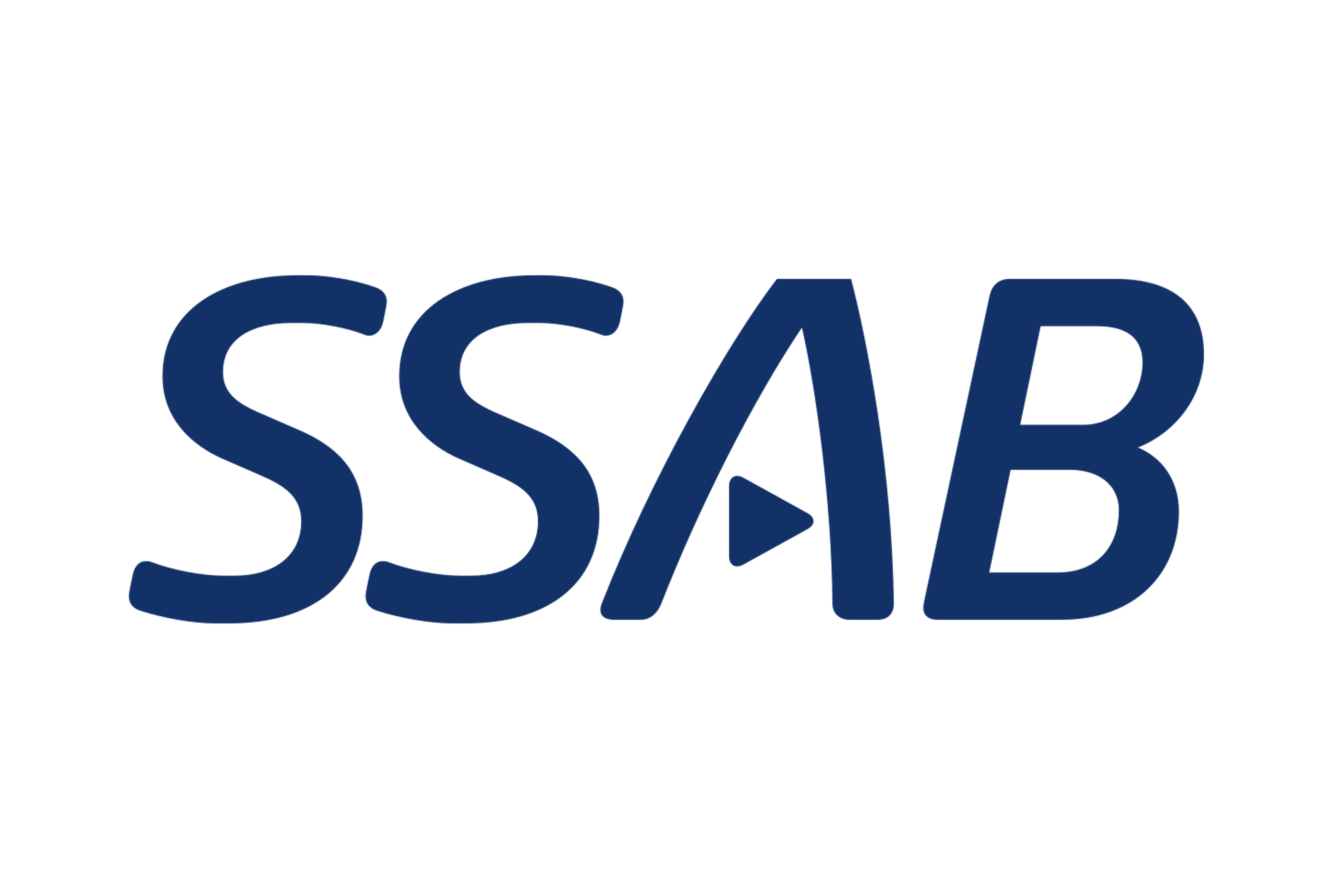Market Segment
August 6, 2019
Ternium CEO Sees Improvement in 2H for Mexico Segment
Written by Sandy Williams
Steel shipments at Ternium Mexico were relatively flat in the second quarter, increasing 0.4 percent from the first quarter to 1.57 million metric tons. Sales of $1.37 billion slipped 3.9 percent from Q1 and fell 17 percent from Q2 2018.
Steel prices have declined in the past three quarters in Mexico, mostly driven by a significant drop in U.S. steel prices. Ternium CEO Máximo Vedoya said there are clear signals that the steel prices have bottomed out in the U.S. and are on the rise.
“I think these increases are real and we are already pushing prices up in Mexico,” said Vedoya. Most of the price decrease was due to competition among U.S. producers and higher production, not because of import volume, he said.
“I think that this has changed. There have been a couple of announcements where the production utilization has come inevitably down in the U.S., and this is driving prices up. Consumption is good in both markets. So, I think that prices are going to go further up, and this will be reflected in our fourth quarter.”
Third-quarter prices are expected to further decline, however. “Despite this positive development, realized price in Mexico in the third quarter will continue to decrease,” said Vedoya. “More than half of our sales to industrial customers are made under contracts that have a lag of about three or four months to reach changes in prevailing market prices. This should be partially offset by the higher prices in the commercial market.”
Ternium expects to decrease slab shipments to the U.S. from Brazil in the third quarter in favor of higher internal shipments to its operations in Mexico.
“The quota in the U.S. is going to be fulfilled,” said Vedoya. “I think it’s already fulfilled for the third quarter. And in the fourth quarter, it’s going to be a very small amount of slabs that can enter. So, our slab shipments to the U.S. will decrease in the second half of the year, and we are going to return to the shipments probably in October or November. Those shipments will enter the U.S. in December and January.”
Regarding capacity growth in the U.S. and Mexico, Vedoya noted that a significant part of the two markets are covered by imports. Increased capacity in Mexico will substitute a “big part of imports” to Mexico while the increased U.S. capacity captures imports in the U.S. market.
“The U.S. and Mexico have made an agreement regarding Section 232, where there’s going to be a balance between what we export and what the U.S. exports. So, our capacity is going to attract all the imports that are going to the market. And as you know, the consumption per capita in Mexico is still very low compared to the U.S. or compared to a lot of countries. And so we expect that consumption in Mexico is going to increase. Demand is going to increase. And that’s how we are seeing the increase of our capacity.”
Vedoya said the removal of Section 232 tariffs from Mexico and Canada was welcomed, but he sees no sign of the U.S. removing tariffs from the rest of the world for the next couple of years.
Although the 25 percent tariffs have been lifted and current steel pricing makes it economical to sell into the U.S., said Vedoya, “we are not going to increase our sales to the U.S. much higher than we are doing now.”
Steel pricing in China is stable, but “with 232, and also with all the dumping and subsidy cases, China is finding it harder and harder to export the excess capacity. Exports in China have been declining for the last three or four years, and I expect that tendency to continue.”
Shipment volume for 2020 in Mexico will depend on the economy, said Vedoya. There was very little growth in the Mexican economy in 2019, but expenditures in commercial construction and federal infrastructure spending are expected to increase next year. “We are not seeing any change in the industrial consumption—that mainly is driven by the U.S.,” he added. With an improving economy, Ternium Mexico is anticipates higher volumes in 2020.
Ternium’s projects at the Pesqueria industrial center are going well with paint line trials started in July and the first coil produced a few days ago. The galvanizing line will start at the end of September and the coil trim mill in December 2020.







